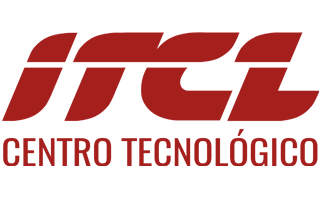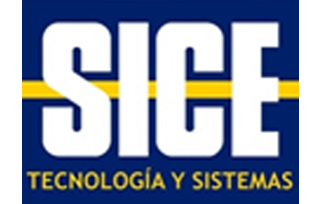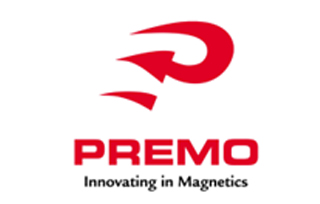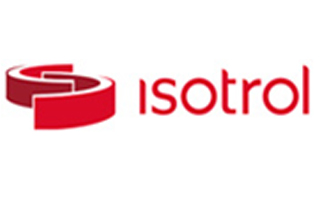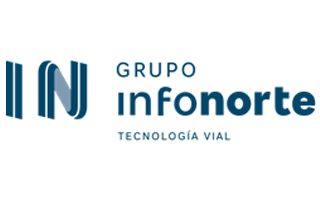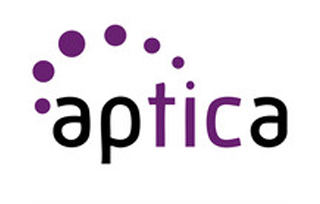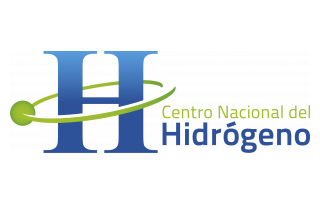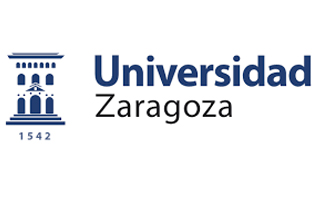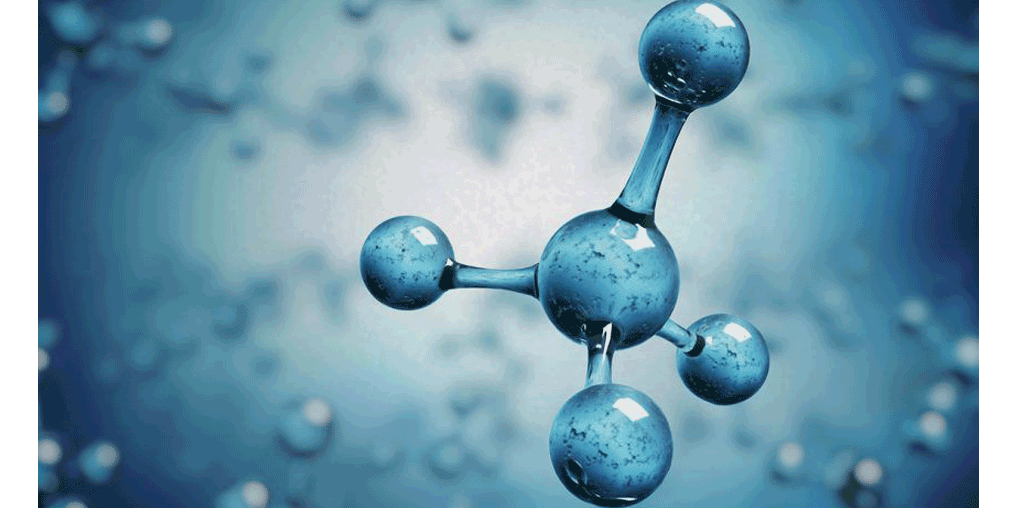
Cardhin – Dynamic Inductive Charging for EVs
CARDHIN aims to develop a functional prototype of a dynamic inductive charging system using renewable hydrogen energy, improving the range and efficiency of electric vehicles.
Development of an electric vehicle recharging system using hydrogen based on renewable sources.
What is CARDHIN?
The objective of the project is to investigate and develop a functional prototype, in a TRL 5 relevant environment, of a dynamic inductive on-road charging system, enabling on-the-move charging of electric vehicles. In particular the recharging of heavy goods vehicles.
The project will investigate different technologies:
- Induction
- Antennas for dynamic charging
- Magnetized concrete type materials
- Communications
- Energy management
- Use of renewable H2 for energy support of the roads
CARDHIN Problem to be solved: Boost EV range with dynamic charging
It is intended to develop a holistic vision that considers the totality of the necessary infrastructure, the costs of its total life, the recyclability of its components, the impacts of all types and the resilience of the solution. To this end, the project will place special emphasis on the points that have been identified as the weakest in previous projects, as well as others that have hardly been explored, such as the characteristics and long-term resilience of the pavements.
The need to increase the autonomy of electric vehicles requires systems that help and complement the energy density and efficiency of their batteries. One way to recharge them or maintain a level of recharge would be on stretches of road, especially those with high traffic density. This technology will make it possible to maintain the battery in such a way that the vehicles can reach their destination without stopping to recharge in the destination areas. The technology is particularly interesting for the decarbonization of long-distance heavy transport, but as mentioned, it is very likely to have a great development in peri-urban and urban environments.
The project will also update the cost-benefit analyses carried out for the various alternatives for transport decarbonization, with a view to the already immediate development of autonomous vehicles, at least in highway environments.
CARDHIN is fully aligned with the “Sustainable and Intelligent Mobility” mission. In particular, the project will focus on electro-mobility through the development of recharging systems and infrastructures embedded in the road. Cardhin will enable on-the-go charging of electric vehicles, thus promoting viable and feasible mobility models for users that contribute to the reduction of emissions through the mass deployment of electric vehicles, mainly in long-distance transport vehicles, both for passengers and goods. This same technology can be extended to all types of vehicles that need to travel many kilometers without time or opportunity for static recharging in peri-urban and urban environments.
On the other hand, the project studies the energy support that H2 obtained directly from renewable sources can provide in the road environment, which will reduce the future environmental impact of the electrification of all highways and freeways.
CARDHIN Objectives:
The main objective of the project is to investigate and develop a dynamic inductive on-road recharging system. This research will be carried out through the use of magnetized concrete technologies, together with a transmitting and a receiving antenna capable of performing dynamic inductive wireless charging according to the regulatory and technical requirements, specifications and needs of roads.
Among the overall key objectives would be:
- Demonstrate the technical feasibility of transmitting to a heavy vehicle (or passenger bus) the average power required to perform long freeway journeys at authorized speeds. The battery must be sized at least to:
- Support the power received from the road in situations of high power demand: long steep climbs and overtaking (where the electrified lane is abandoned).
- Allow sufficient autonomy to the vehicle to reach its destination. This type of transport reaches logistics platforms, where there must be recharging systems of the same type (although in this case it would be static inductive recharging).
- Show an efficiency in energy transfer that, integrated with the other losses (transmission of track converters, eventual losses in the vehicle electronics, performance of electric motors, losses in partial battery charging and discharging) is similar to the efficiency of static or dynamic recharging by contact (catenary or rail on pavement), and clearly superior to that of the use of internal combustion engines that consume bio or synthetic fuels, including compressed or liquefied natural gas.
- Demonstrate the resilience of the solution in terms of resistance of the pavement in which the road part of the system is integrated.
- Demonstrate a real decarbonization of transport in terms of a high percentage of electrical energy from renewable energy sources through the use of the H2 vector.
CARDHIN duration:
Septiember 2020 – October 2023
National Project in cooperation with:
Public Research Organizations:
It is a project financed by the CDTI (Centro para el Desarrollo Técnologico Industrial) through the CDTI Misiones call.
Contact person:
Javier Sedano – R&D Director at ITCL Technology Center
Discover more projects that integrate Electronics and Artificial Intelligence, contact us and explore how these technologies can transform your industry.
